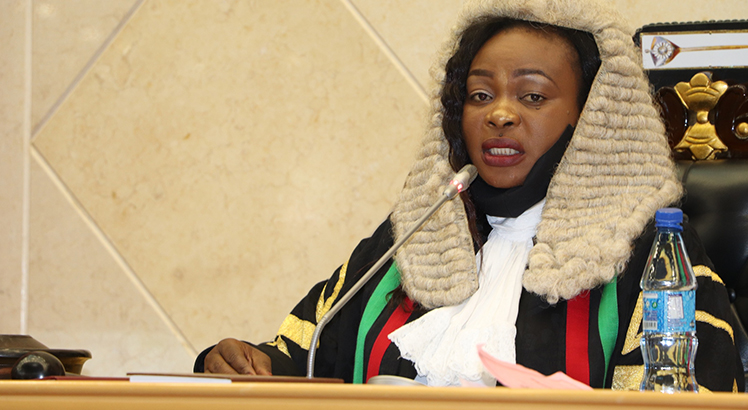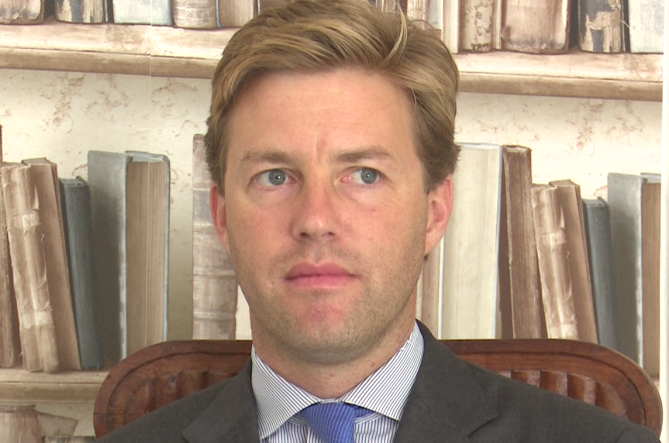Strange babies baffle medical experts
 The sound of a baby wailing signified the beginning of a new life as its mother celebrated the final mile of a nine-month journey.
The sound of a baby wailing signified the beginning of a new life as its mother celebrated the final mile of a nine-month journey.
Hours after delivery, pictures of the baby were all over the Internet. The only feature that made the baby look human was the right positioning of the arms, legs, feet and torso.
There was something peculiar about the baby delivered at Salima District Hospital in March 2013.
The baby, who later died, had two red balls in place of eyes, a mouth too wide to enable it close or breast feed while its body was a mixture of scales and open skin.
This birth was quite a phenomenon. The baby’s condition was diagnosed as Harlequin Ichthyosis, according to Salima district nursing officer Arthur Champiti.
Champiti said the condition is rare, occurring in one out of a million babies. He said the baby became the 100th in the whole world to be born with the condition.
As if fulfilling some sort of a spell, weeks later in April, Salima was back in the news with another strange baby.
The baby, delivered at the same hospital, looked more ‘human,’ only lacking eyes and nostrils.
Champiti produced a diagnosis. This time, he called it Arhinia which is the congenital partial or complete absence of the nose at birth.
In December last year, Nkhotakota twins made headlines because of the strangeness of one of them. The baby was born without a face and what looked like a mashed head.
It had no eyes while the nose had a slanted opening on the right side of what should have been the face resembling a mouth.
This was the first baby out of the four born in a period of three months. She died weeks later.
Although the nature and degree of the babies’ deformities differed, the geographical locations of the districts where they were delivered were mostly along the lake shore.
Is this by natural design or mere coincidence that the strange births are mostly along the Lakeshore?
In a subsequent interview, Champiti said he could not explain the cause of the strange births in Malawi which happened simultaneously within a short period.
“The developments have necessitated the need for follow-ups and research into the cause. We need to make follow-ups with families to determine possible patterns in the past.
“It could be an issue of genetics, but for sure, such cases elsewhere are well documented to show Malawi is unique. The question is why now, so frequently and not in the past,” he said.
Gynaecologist and senior lecturer at the College of Medicine Dr Chisale Mhango too did not have an explanation for the boom in the abnormalities or why they occur in the lakeshore belt.
“It is now time to start looking for the whys. I have never in my practice delivered these types of babies which are a result of malformation in a baby’s development,” he said.
Mhango and Champiti agreed that it could be a result of a diet, water or other factors in the areas concerned.
The two experts said in the past, peculiar babies were immediately killed as they were believed to be a misfortune or bad luck.
Inkosi Mabilabo of Mzimba believes that the intensification of campaigns for women to deliver in hospitals is the reason such births are being exposed and making news in the media and social networks.
He agreed with the two experts that abnormal births have always been there but were dealt with soon after birth as they were believed to be an enigma and misfortune.
“It becomes difficult for this culture of killing to prevail in the presence of medical personnel. In the past, there were women who killed such babies although I cannot exactly say whose responsibility exactly it was.
“Times have changed and people need to move with time. With so many freedoms and rights, everybody, whether deformed or normal, should be accorded the chance to live. Let every baby live and be given appropriate care to a point where nothing can be done to save it and it dies naturally,” he said.





